Watch the clock! Stellar scoreboards motivate teams
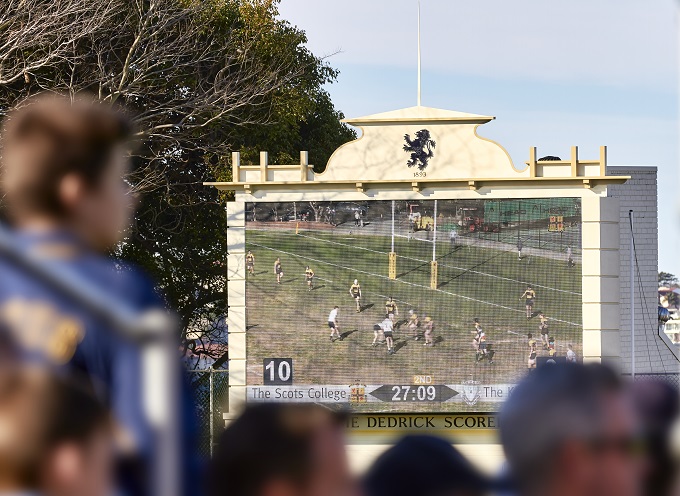
Buying a scoreboard for your school will certainly thrill students and the wider school community but it’s a notable expense. So, getting the best value for money, perusing every option and considering what the scoreboard will be used for (and in what setting!) is absolutely critical.
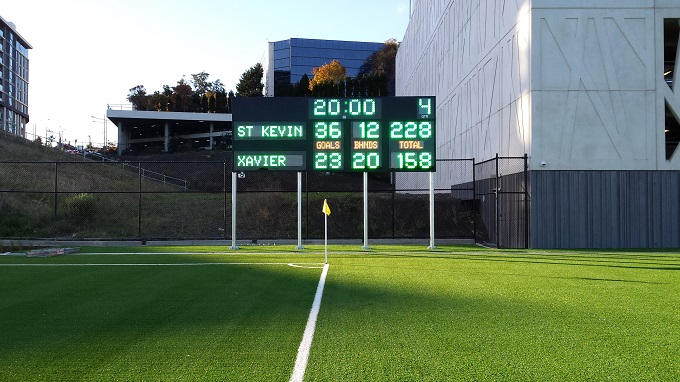
These flashy units now come with an array of bells and whistles, from LED to SMART functionality, video and multimedia capabilities, wireless access and even wifi. Schools can factor in price, space and frequency of use to choose between boards with a basic scoring function to full-blown video scoreboards that display live-action replays and animation to enhance the excitement of any sporting experience (and integrate other school subjects to boot).
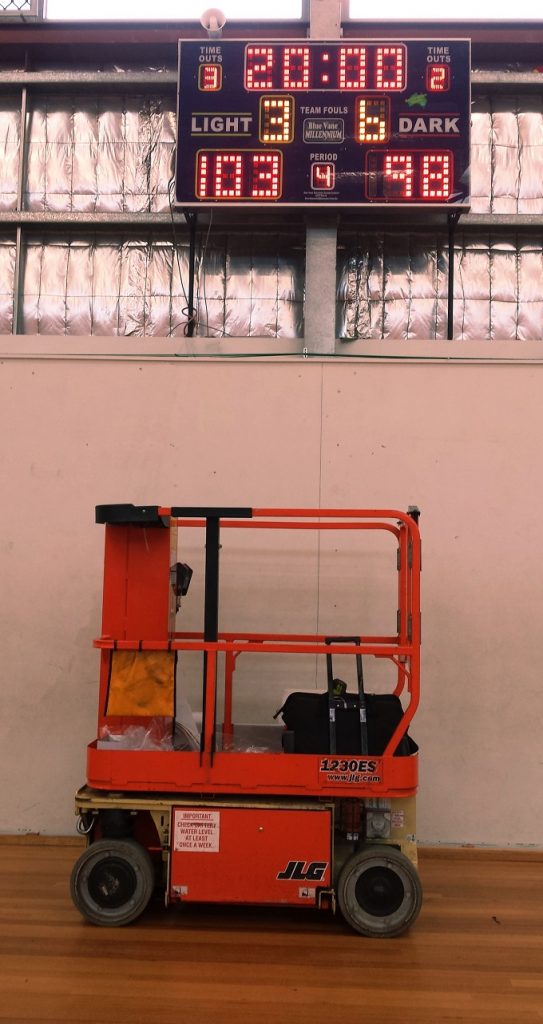
Image courtesy of Blue Vane
School News spoke with a variety of leaders in the sector to find out everything you need to know about buying a scoreboard for your school.
Danthonia Designs’ spokesman, Leo Zimmerman told us about a few of the biggest considerations he thinks schools should make before deciding to buy or upgrade. Size is a big one. “How far are the viewers from the scoreboard?” It sounds like a simple question, but too often goes unconsidered until it’s too late. Do you want the score and video display on the scoreboard to impact the crowd or act simply as a reference point for the referee? Would you like to display game footage, slo-mo replay, or advertisements? Narrow down your intentions.
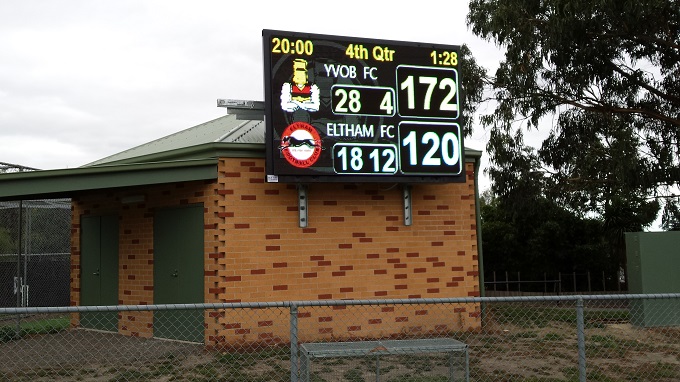
Image courtesy of Blue Vane
Top three tips :
Peter Liistro from Blue Vane Scoreboards recommends:
1. Be clear on the lifespan you will expect from the scoreboard. Some technologies change fast, making a scoreboard obsolete very quickly.
2. The scoreboard will need repairs one day: Is the scoreboard serviceable and can it be done for a reasonable cost?
3. Do some research. Ask sports clubs in your area. What brand and features to they have and are they happy with it?

Another biggie is screen resolution. “The higher the resolution, the better the image looks but higher resolution also means higher cost and more electricity consumption – and if the scoreboard is far enough away, the higher resolution may hardly be noticeable,” Leo explained. If cost is a big consideration, clarify with your supplier on what resolution you are being quoted. You may also be able to visit installations in other schools or gyms, so you can see what a particular resolution looks like in real life.
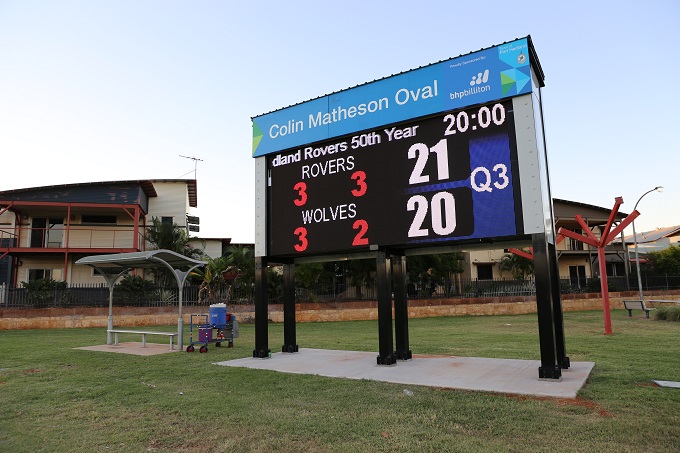
Leo recommended: “Ask your supplier if the resolution being quoted is the actual pixel pitch or virtual pixel pitch because virtual pixel pitch is a software enhancement to make the picture look better, but will not yield the same quality of image.” Adjustable brightness is also important because it’s likely that games will be played during the day and night. Leo noted that an outdoor scoreboard should have a brightness of at least 6000 nits.
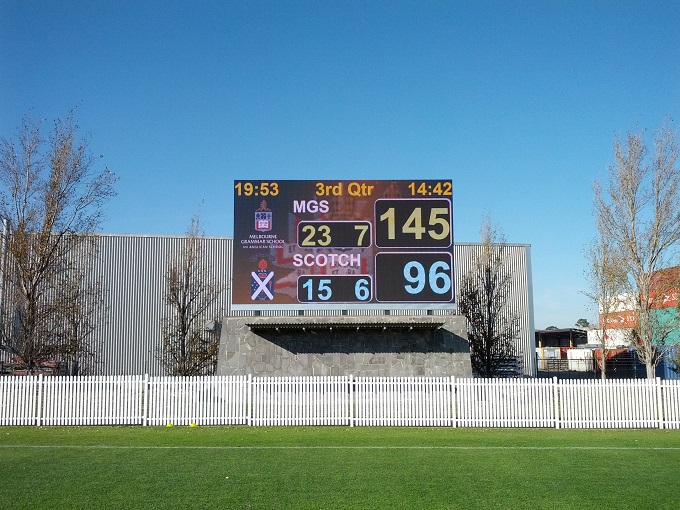
Different sports have different scoring needs, so think about what your school will be using the scoreboard for as this will inform what product best suits you. From length-of-game to the amount of data required, the needs can vary. Cricket is a very data-heavy game to score, whereas soccer would require much less screen space, for example. Different scoring software will appeal to different sports too, so check that with your supplier.
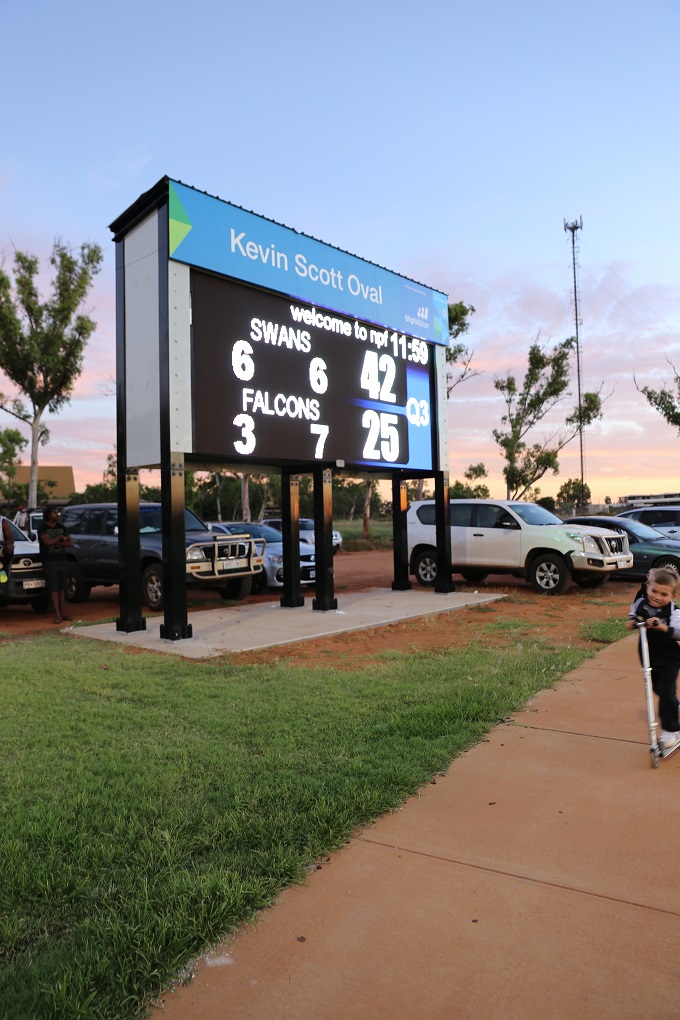
If future software upgrades are a key consideration, and they should be, it will help if your new scoreboard has a solid data connection. Wifi is a good option but depending on location and the quality of the wifi available, it might not be optimum for video streaming. If you have the budget, it’s worth looking into fibre optic cabling. Find out about any software before it’s installed, so that it’s easy for staff to use and you know whether third-party apps or any other integrated tech is required.
The structure of your scoreboard is also extremely important. The stand needs to be stable, safe and (if outdoors) able to withstand storms or harsh off-season weather. Hot dip galvanised steel or aluminium will help prevent corrosion but there are other types of structures out there so check that an engineer has certified the build at the quoting stage, and consider protective units that will protect against ball damage.
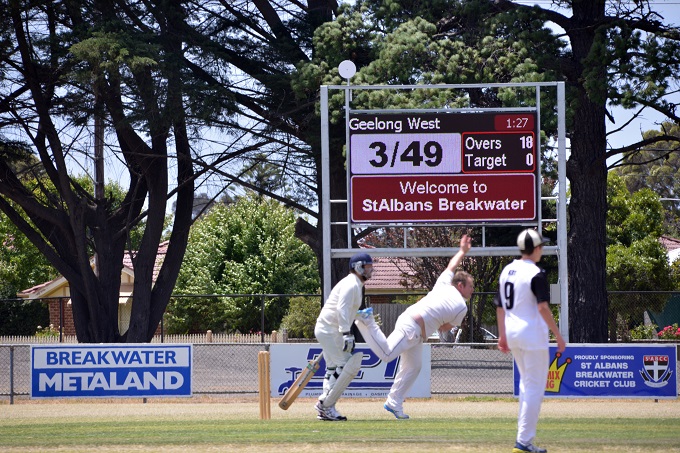
Finally, scoreboards are pieces of IT equipment and should be maintained as such. Just like a computer will have to be serviced every now and again, you can bank on having to call up your supplier to assist with a glitch at some point. So it’s important to establish a good relationship with a service provider who can help you out. If they have spare parts stored nationally, that’s also a bonus because it means your wait time will decrease if something needs repairing. Warranties will tend to cover damage but it’s worth reading the fine print to be sure that everything is covered, not just delivery of a spare part.







